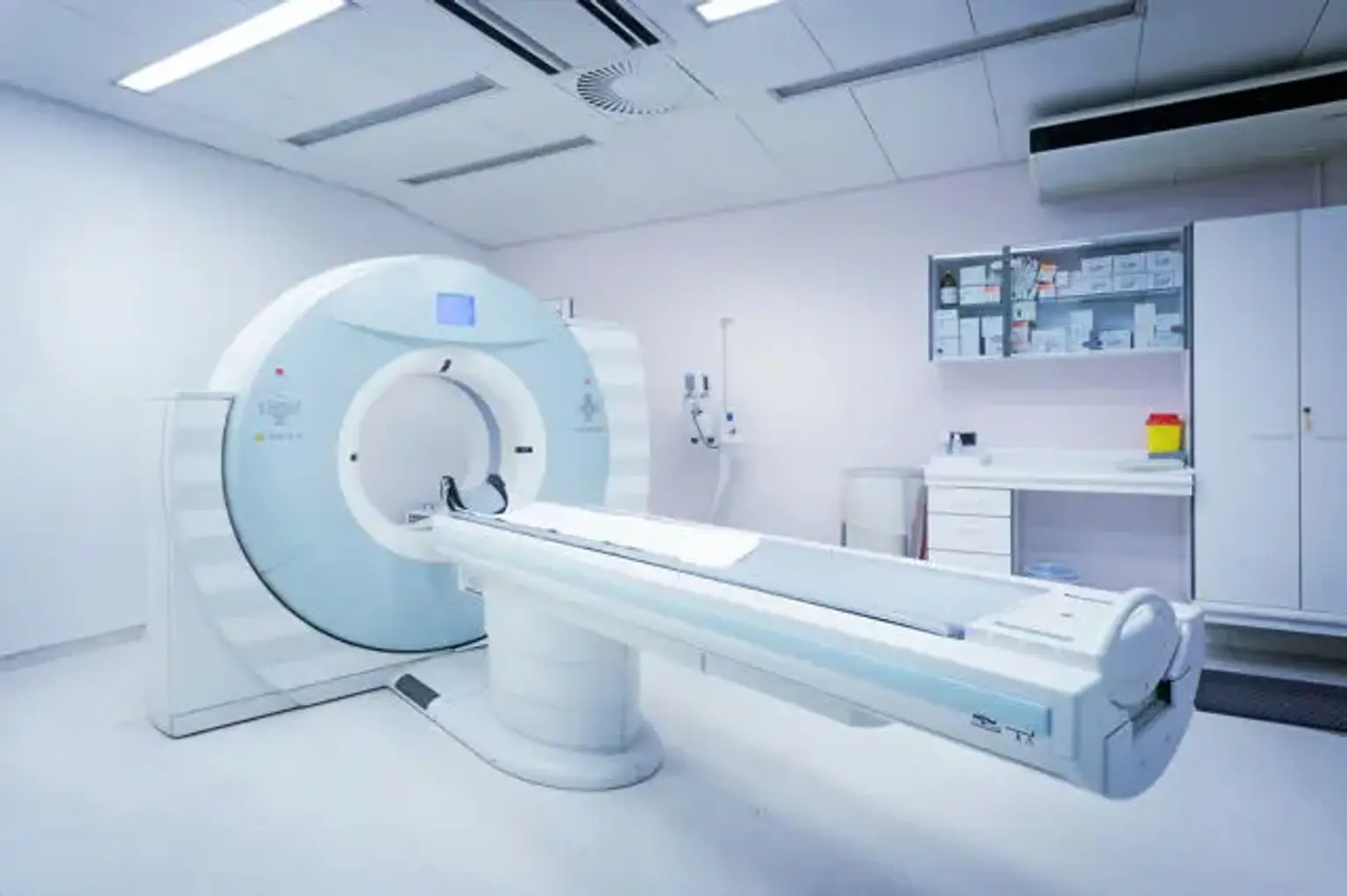Low Dose Chest CT
The National Lung Cancer Screening Study recently revealed that using low-dose computed tomography to check high-risk populations lowers lung cancer deaths. The National Comprehensive Cancer Program recommendations advised low-dose computed tomography for chosen patients who are at risk of lung cancer depending on this encouraging result. As a result, it's likely that more CT screenings will be conducted in the future. Although the low-dose computed tomography approach is straightforward, key CT settings are critical and must be precisely adjusted in order to obtain high diagnostic quality while reducing the delivered radiation. Furthermore, low-dose computed tomography scans are not as simple to read as they may appear; multiple strategies and instruments for nodule diagnosis and assessment are known. Furthermore, dealing with positive results can be a complicated function that differs greatly from standard clinical practice. As a result, the study focuses on the low-dose computed tomography methodology, reading approaches, and analysis in lung cancer screening, especially for radiologists who are unfamiliar with the technique.
